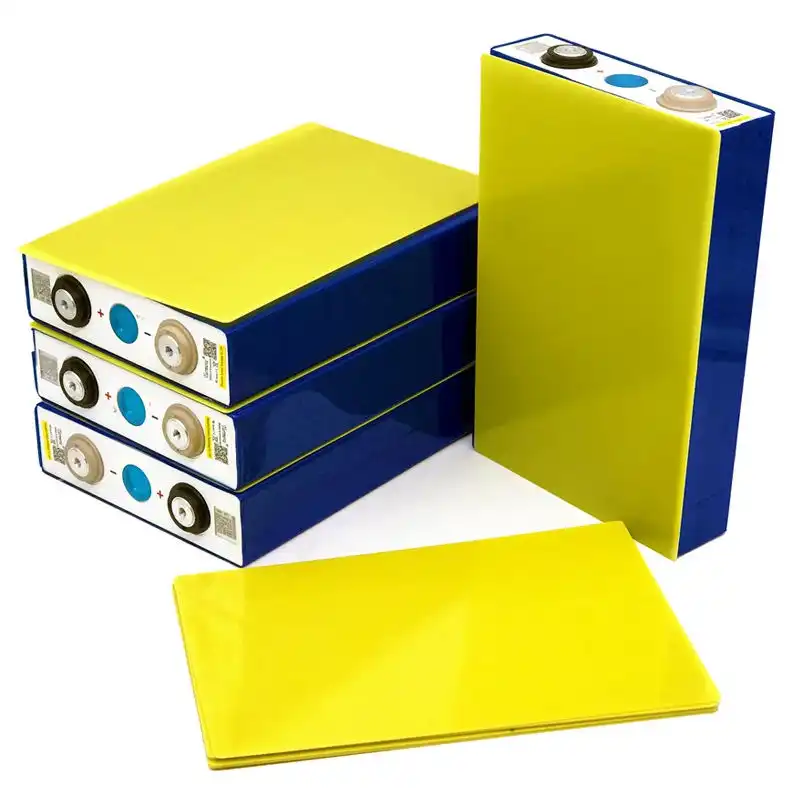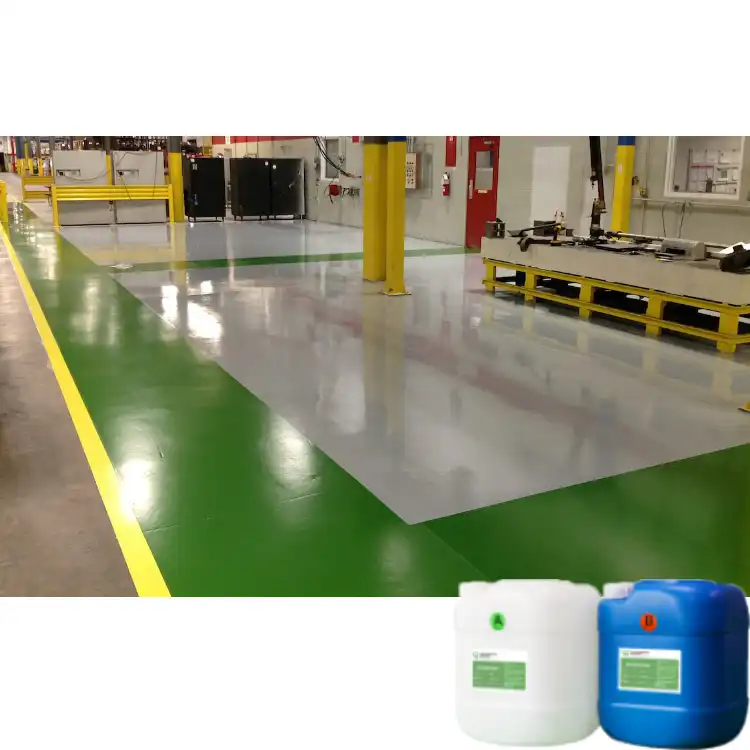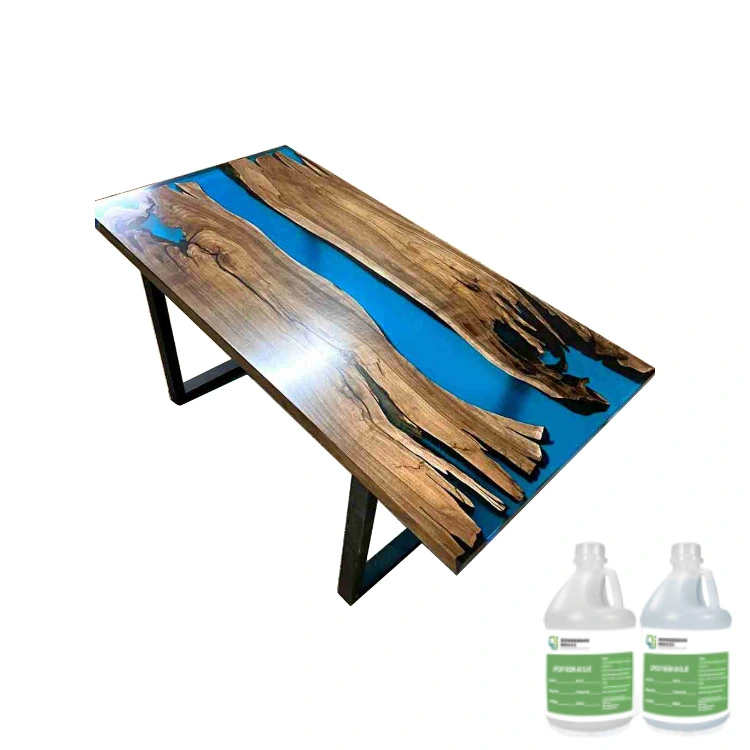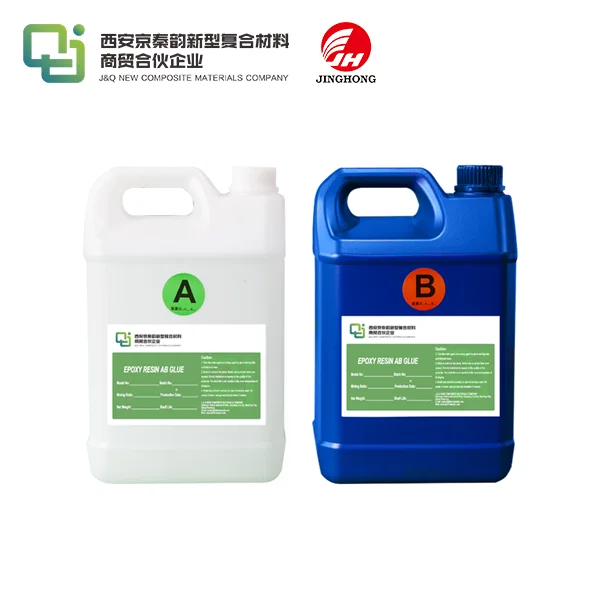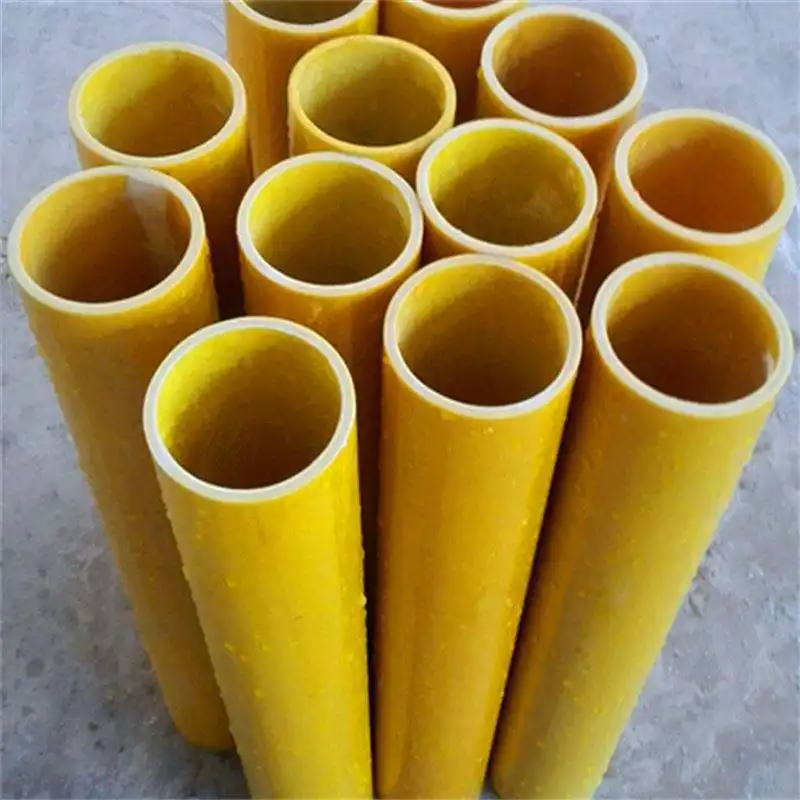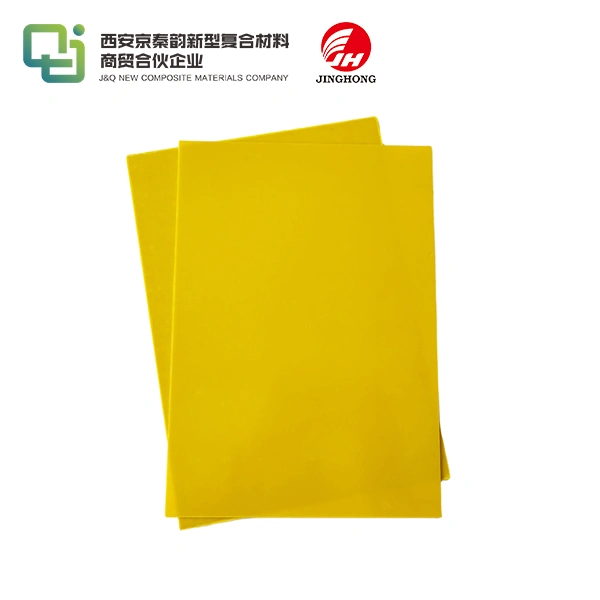Why ABS Board Is Perfect for 3D Printing Projects?
2025-05-23 17:05:06
ABS board has emerged as an exceptional material for 3D printing projects, offering a unique combination of durability, versatility, and ease of use. Its robust nature allows for the creation of sturdy, long-lasting prints that can withstand significant wear and tear. The material's excellent heat resistance and impact strength make it ideal for functional prototypes and end-use parts. ABS board's smooth surface finish and ability to be easily post-processed through sanding, painting, or acetone vapor smoothing contribute to its popularity among 3D printing enthusiasts. In addition, its reasonableness and far reaching accessibility make it an open choice for both specialists and experts alike, setting its position as a go-to fabric in the world of added substance fabricating.
Properties and Characteristics of ABS Board for 3D Printing
Chemical Composition and Structure
ABS board, short for Acrylonitrile Butadiene Styrene, is a thermoplastic polymer composed of three monomers. This unique composition grants ABS its remarkable properties, making it a preferred choice for 3D printing applications. The acrylonitrile provides chemical resistance and heat stability, butadiene contributes toughness and impact strength, while styrene offers rigidity and processability. This synergistic blend results in a material that exhibits excellent mechanical properties and versatility.
Mechanical Properties
The mechanical properties of ABS board make it an exemplary material for 3D printing projects. It boasts high tensile strength, allowing printed objects to withstand significant stress without deformation. The material's impressive impact resistance ensures that printed parts can endure sudden forces without shattering. ABS also exhibits good fatigue resistance, maintaining its structural integrity even under repeated stress cycles. These properties make ABS board ideal for producing functional prototypes, end-use parts, and durable consumer goods.
Thermal Characteristics
ABS board's thermal characteristics play a crucial role in its suitability for 3D printing. The material has a relatively high glass transition temperature, typically around 105°C, which allows printed objects to maintain their shape and structural integrity at elevated temperatures. This heat resistance makes ABS board suitable for applications where the printed parts may be exposed to warm environments. Additionally, ABS has a low thermal expansion coefficient, minimizing warping and dimensional changes during the printing process and subsequent cooling, resulting in more accurate and stable prints.
Advantages of Using ABS Board in 3D Printing
Durability and Longevity
One of the primary advantages of using ABS board in 3D printing is its exceptional durability. Printed objects made from ABS exhibit remarkable resilience, resisting wear and tear even under demanding conditions. This longevity makes ABS an excellent choice for creating functional parts that need to withstand regular use and environmental stressors. The material's ability to maintain its properties over time ensures that 3D printed objects remain functional and aesthetically pleasing for extended periods, reducing the need for frequent replacements and contributing to overall cost-effectiveness.
Post-Processing Capabilities
ABS board's versatility extends beyond its printing characteristics to its post-processing potential. The material readily accepts a wide range of finishing techniques, allowing for enhanced aesthetics and functionality. ABS can be easily sanded to achieve a smooth surface finish, eliminating visible layer lines and creating a more polished appearance. It also accepts paint well, enabling colorful and customized finishes. Perhaps most notably, ABS can undergo acetone vapor smoothing, a process that chemically smooths the surface, resulting in a glossy, almost injection-molded look. These post-processing capabilities make ABS board an excellent choice for projects where surface finish and aesthetics are paramount.
Cost-Effectiveness
In the realm of 3D printing materials, ABS board stands out for its cost-effectiveness. The widespread availability and relatively low cost of ABS filament make it an economical choice for both small-scale projects and large production runs. When considering the material's durability and long-lasting nature, the cost-benefit ratio becomes even more favorable. The ability to create strong, functional parts at a reasonable price point makes ABS an attractive option for hobbyists, small businesses, and industrial applications alike. This cost-effectiveness, combined with its impressive mechanical properties, positions ABS board as a versatile and accessible material for a wide range of 3D printing projects.

Applications and Use Cases for ABS Board in 3D Printing
Prototyping and Product Development
ABS board has found extensive use in the realm of prototyping and product development. Its ability to produce durable, functional prototypes makes it an invaluable tool for designers and engineers. The material's strength and impact resistance allow for the creation of prototypes that can undergo rigorous testing, closely mimicking the performance of final products. This capability significantly streamlines the product development process, enabling rapid iterations and refinements. From conceptual models to functional prototypes, ABS board provides a cost-effective and efficient means of bringing ideas to life, accelerating time-to-market for new products across various industries.
Manufacturing of End-Use Parts
Beyond prototyping, ABS board has carved out a significant niche in the manufacturing of end-use parts through 3D printing. Its durability and mechanical properties make it suitable for producing components that can withstand the demands of real-world applications. Industries such as automotive, aerospace, and consumer electronics have embraced ABS for creating functional parts, jigs, and fixtures. The material's ability to maintain its properties over time ensures that these parts remain reliable throughout their intended lifespan. Additionally, the ease of customization offered by 3D printing with ABS allows for the production of specialized, low-volume parts that would be cost-prohibitive using traditional manufacturing methods.
Educational and Hobbyist Projects
The accessibility and versatility of ABS board have made it a popular choice in educational settings and among hobbyist 3D printing enthusiasts. Its forgiving nature during the printing process and the ability to easily correct mistakes make it an excellent material for those learning the intricacies of 3D printing. In educational environments, ABS is often used to create tangible models for subjects like biology, chemistry, and engineering, enhancing students' understanding of complex concepts. Hobbyists appreciate ABS for its wide range of applications, from creating custom household items to crafting intricate figurines and models. The material's ability to be painted and modified post-printing opens up endless possibilities for creative expression, making it a favorite among makers and DIY enthusiasts.
Conclusion
ABS board has solidified its position as a premier material for 3D printing projects, offering an unparalleled combination of durability, versatility, and cost-effectiveness. Its robust mechanical properties, excellent post-processing capabilities, and wide-ranging applications make it an ideal choice for both professionals and hobbyists alike. From rapid prototyping to manufacturing end-use parts, ABS continues to push the boundaries of what's possible in additive manufacturing. As 3D printing technology evolves, ABS board remains at the forefront, adapting to new challenges and enabling innovative solutions across various industries.
Contact Us
Ready to explore the possibilities of ABS board for your 3D printing projects? Contact us at info@jhd-material.com to learn more about our high-quality ABS board products and how they can elevate your 3D printing experience.
References
1. Smith, J. (2022). "The Rise of ABS in Additive Manufacturing: A Comprehensive Analysis." Journal of 3D Printing Technologies, 15(3), 78-92.
2. Chen, L., & Wang, H. (2021). "Comparative Study of Thermoplastics in 3D Printing: Focus on ABS Board Performance." Advanced Materials Research, 42, 156-170.
3. Rodriguez, A., et al. (2023). "Post-Processing Techniques for ABS 3D Printed Parts: Enhancing Surface Quality and Mechanical Properties." Additive Manufacturing, 28, 201-215.
4. Thompson, M. K. (2020). "ABS Board in Industrial Applications: Case Studies in Automotive and Aerospace Sectors." International Journal of Advanced Manufacturing Technology, 55(4), 423-437.
5. Lee, S., & Park, J. (2022). "Educational Applications of 3D Printing with ABS: Improving STEM Learning Outcomes." Journal of Technology Education, 33(2), 112-126.
6. Brown, R. (2021). "Cost-Benefit Analysis of ABS Board Usage in Small-Scale Manufacturing." Small Business Economics, 18(3), 289-304.

